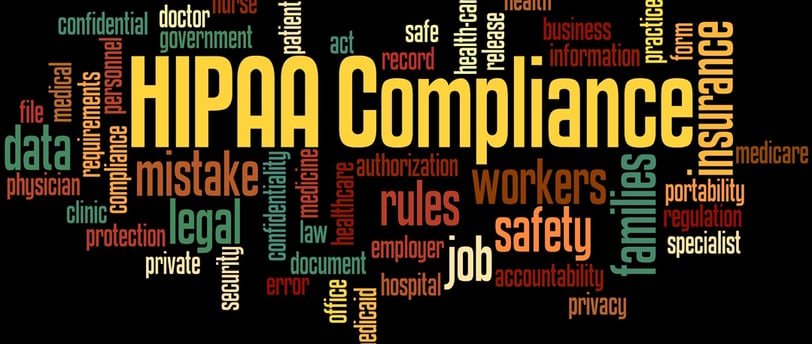Bridging the Gap: Balancing HIPAA Compliance with Compassionate Family Involvement
Dive into a compelling narrative where legal integrity meets human connection. "Bridging the Gap" explores a father's experience in a Baltimore urgent care, challenging the boundaries of HIPAA with the need for familial involvement in healthcare.
Blessing Emuka, DNP, FNP-BC, PMHNP-BC, APHN-BC, CPN
7/11/20242 min read


In the labyrinth of healthcare settings, the echoing footsteps of anxious family members blend with the clinical hustle of urgent care centers. On a day etched with tension, a devoted father, accompanied his adult son to an urgent care facility in Baltimore, Maryland. The day unfolded into a stark lesson on the fragile interplay between legal mandates and human empathy, particularly under the auspices of the Health Insurance Portability and Accountability Act (HIPAA).
After several hours of waiting, punctuated only by the sterile tick of the clock and the occasional flurry of medical staff, the father’s concern for his son crescendoed into palpable anxiety. No updates were offered, leaving him adrift in a sea of uncertainty. Finally, upon his insistence, he was led to a room where his son was undergoing an electrocardiogram (EKG). The room was soon vacated by the technician, leaving father and son alone for a fleeting reunion. The son quickly briefed his father on the proceedings—conversations with the physician assistant (PA), ordered labs, and the EKG, all cloaked in medical jargon yet barren of reassurance.
As the PA re-entered, an air of clinical briskness enveloped him. He addressed only the young man, his gaze never veering towards the father—the embodiment of parental concern. Announcing the EKG results as satisfactory but flagging some anomalies in the blood work, he proposed a chest X-ray. The moment was ripe for dialogue, for a shared understanding, yet it was abruptly curtailed. When the father, propelled by concern, inquired about the blood work, the PA’s response was curt. With a tone and demeanor bordering on confrontational, he insisted that any further discussion would be exclusively with the son. The words not only silenced the father but also alienated him, casting him as an outsider rather than a concerned parent.
Later, the son relayed that the PA had justified his approach by citing the need to respect patient privacy. Indeed, HIPAA laws are designed to protect such privacy, but they are not shields against compassion, nor are they meant to barricade family involvement.
This encounter left me pondering the balance between compliance and compassion as a healthcare provider dealing with patients and families. While HIPAA serves as a critical framework for protecting patient information, it should not preclude the involvement of family members, who often play a pivotal role in the patient’s well-being and recovery. The PA, and indeed all clinicians, might consider a more inclusive approach. Acknowledging the presence of family members, offering them a greeting, and explaining the provisions of HIPAA can transform these interactions. Such an approach does not violate privacy laws but enhances understanding and cooperation. By simply stating, “I need to discuss these details privately with your son, but I appreciate your support and involvement,” the PA could have fostered an atmosphere of teamwork rather than opposition.
This incident underscores a broader imperative in healthcare—navigating the delicate balance between legal adherence and empathetic engagement. By refining our approach to involve family members through respectful communication and education about privacy laws, we can ensure that the architecture of healthcare is both secure and supportive, bridging the gap between law and love.
Connect With Us
Explore our range of specialized mental health treatments today.
Contact Us
Contact Form
Email: admin@jraphaclinic.com
Phone: (240) 940-0044
Fax: (240) 940-0055
Home | About Us | Our Services | Our Policies | Blog | Free Resources | SMS Consent Form | Contact Us
___________________________________________
At J. Rapha Clinic LLC, we prioritize your privacy and data security. Please read our Privacy Policy to learn more about how we protect your personal information.
Copyright © 2024 by J. Rapha Clinic, LLC.
Technical problems or suggestions?
Kindly contact Webmaster Nwankama.
Free Resources
Appointment Scheduling*
9221 Colesville Road,
Silver Spring, MD 20910.
By Appointment Only | NO WALK INS
Monday through Friday, 9 pm to 10 pm
Sundays: 9 am to 1 pm.
*Appointment time subject to availability of spots.


